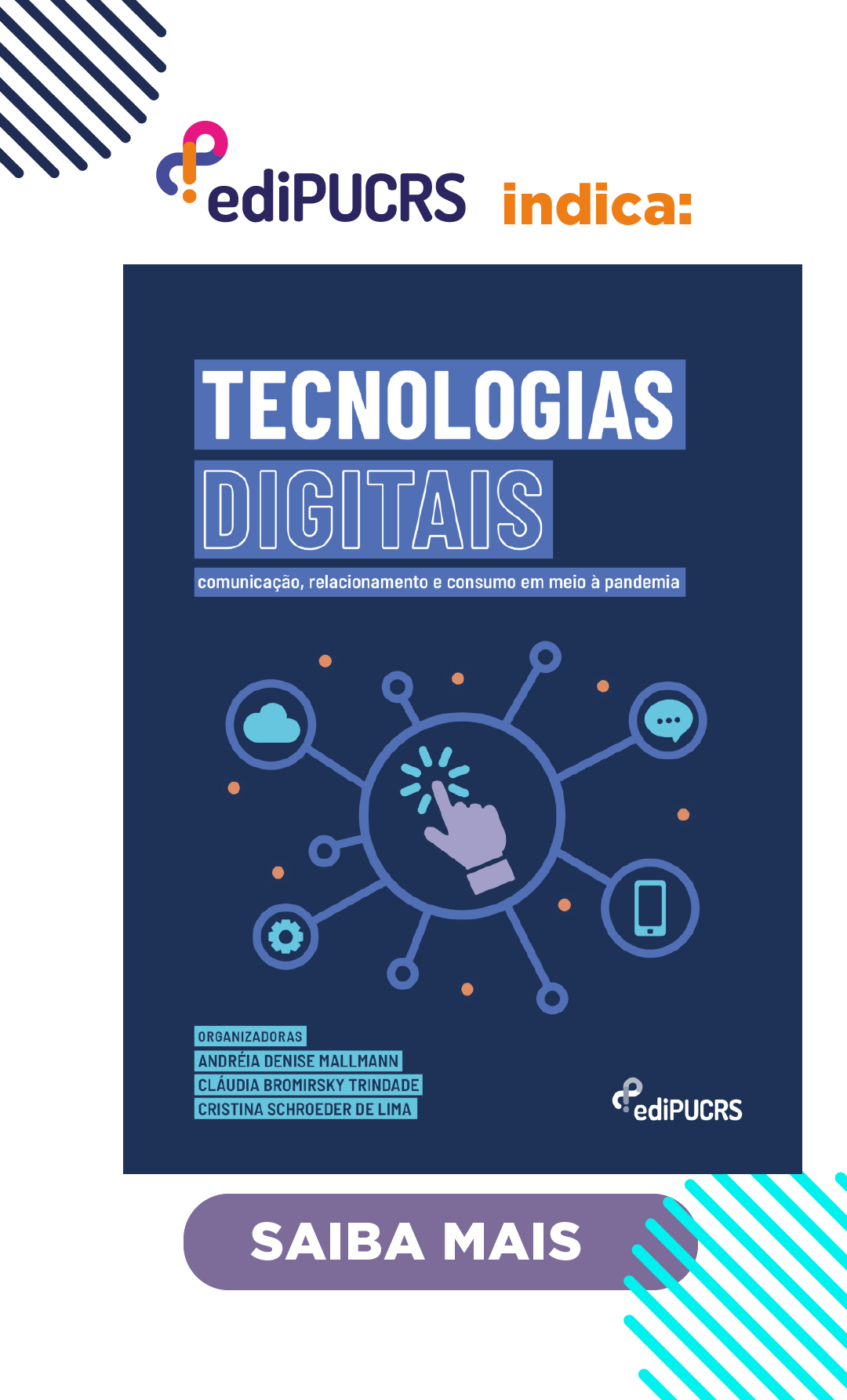Narrative, citizenship and non-place of culture
DOI:
https://doi.org/10.15448/1980-3729.2004.23.3250Keywords:
Narrative, cyberspace, cultureAbstract
With the development of bourgeois society, information has dislodged narrative: plausibility and verifyability are more important than interpretation. The technological development that has redefined space by distancing body from scene, a distance which is maintained only in drama, has given this body transcendence, through cinema, photography, and television. It has also redefined body in space itself, now cyberspace, recreating it as capable of teleactions. Cyberspace has become the stage itself where we act as citizens. In this non-space, as defined by Marc Augé, we act with dimensions that override not only space and time relationships, but also the borders of subjectivities and sociabilities.Downloads
References
AUGÉ, Marc. Não-lugares. Introdução a uma antropologia da Supermodernidade. Campinas: Papirus, 1994.
BENJAMIN, Walter. O narrador. Magia e Técnica, Arte e Política. Ensaios sobre Literatura e História da Cultura. Obras Escolhidas, v. 1. São Paulo: Brasiliense, 1985.
HILLIS, Ken. Tecnologias da realidade virtual: elementos para uma geografia da visão. In Revista FAMECOS. Porto Alegre, n. 17, abr. 2002.
LEMOS, André & PALACIOS, Marcos (orgs.). Janelas do ciberespaço. Comunicação e Cibercultura. Porto Alegre: Sulina, 2001.
LOJKINE, Jean. A revolução informacional. São Paulo: Cortez, 1999.
SILVA, Marco. Sala de aula interativa. Rio de Janeiro: Quartet, 2000.
VILCHES, Lorenzo. Tecnologia digital: perspectivas mundiais. In Comunicação & educação. Ano IX, jan./abr. 2003, p. 43-61.
Downloads
Published
How to Cite
Issue
Section
License
Copyright
The submission of originals to Revista Famecos implies the transfer by the authors of the right for publication. Authors retain copyright and grant the journal right of first publication. If the authors wish to include the same data into another publication, they must cite Revista Famecos as the site of original publication.
Creative Commons License
Except where otherwise specified, material published in this journal is licensed under a Creative Commons Attribution 4.0 International license, which allows unrestricted use, distribution and reproduction in any medium, provided the original publication is correctly cited.






